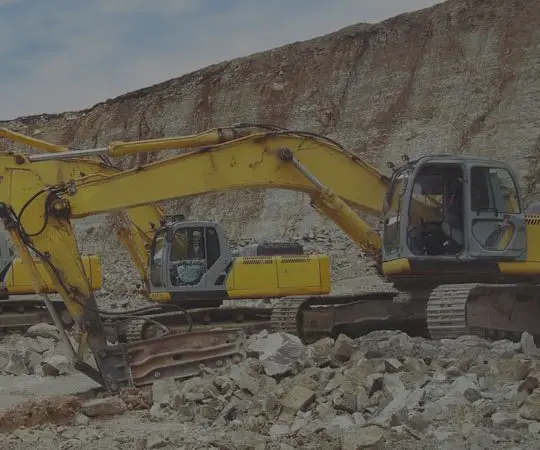Plant Vehicle Compliance
First User or Pre-Use Checks
Maintenance to plant equipment is carried out to prevent problems arising, to put faults right, and to ensure equipment is working effectively so that the user is safe working with the equipment.
Maintenance may be part of a planned programme or may have to be carried out at short notice after a breakdown. It always involves non-routine activities and can expose those involved (and others) to a range of risks.
Establishing a planned maintenance programme may be a useful step towards reducing risk, as well as having a reporting procedure for workers who may notice problems while working on machinery.
Some items of plant and equipment may have safety-critical features where deterioration would cause a risk. You must have arrangements in place to make sure the necessary inspections take place.
Plant Vehicle Maintenance Do's
- ensure maintenance is carried out by a competent person (someone who has the necessary skills, knowledge and experience to carry out the work safely)
- maintain plant and equipment regularly – use the manufacturer’s maintenance instructions as a guide, particularly if there are safety-critical features
- have a procedure that allows workers to report damaged or faulty equipment
- provide the proper tools for the maintenance person
- schedule maintenance to minimise the risk to other workers and the maintenance person wherever possible
- make sure maintenance is done safely, that machines and moving parts are isolated or locked and that flammable/explosive/toxic materials are dealt with properly
Plant Vehicle Maintenance Dont’s
- ignore maintenance
- ignore reports of damaged or unsafe equipment
- use faulty or damaged equipment

Why is maintenance of plant and equipment important?
An effective maintenance programme will make plant and equipment more reliable. Fewer breakdowns will mean less dangerous contact with machinery is required, as well as having the cost benefits of better productivity and efficiency.
Additional hazards can occur when machinery becomes unreliable and develops faults. Maintenance allows these faults to be diagnosed early to manage any risks. However, maintenance needs to be correctly planned and carried out. Unsafe maintenance has caused many fatalities and serious injuries either during the maintenance or to those using the badly maintained or wrongly maintained/repaired equipment.
The Provision and Use of Work Equipment Regulations 1998 (PUWER) require work equipment and plant to be maintained so it remains safe and the maintenance operation is carried out safely.
What do I have to do?
If you are an employer and you provide equipment for use, from hand tools and ladders to electrical power tools and larger plant, you need to demonstrate that you have arrangements in place to make sure they are maintained in a safe condition.
Establishing a planned maintenance programme may be a useful step towards reducing risk, as well as having a reporting procedure for workers who may notice problems while working on machinery.
Some items of plant and equipment may have safety-critical features where deterioration would cause a risk. You must have arrangements in place to make sure the necessary inspections take place.